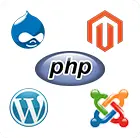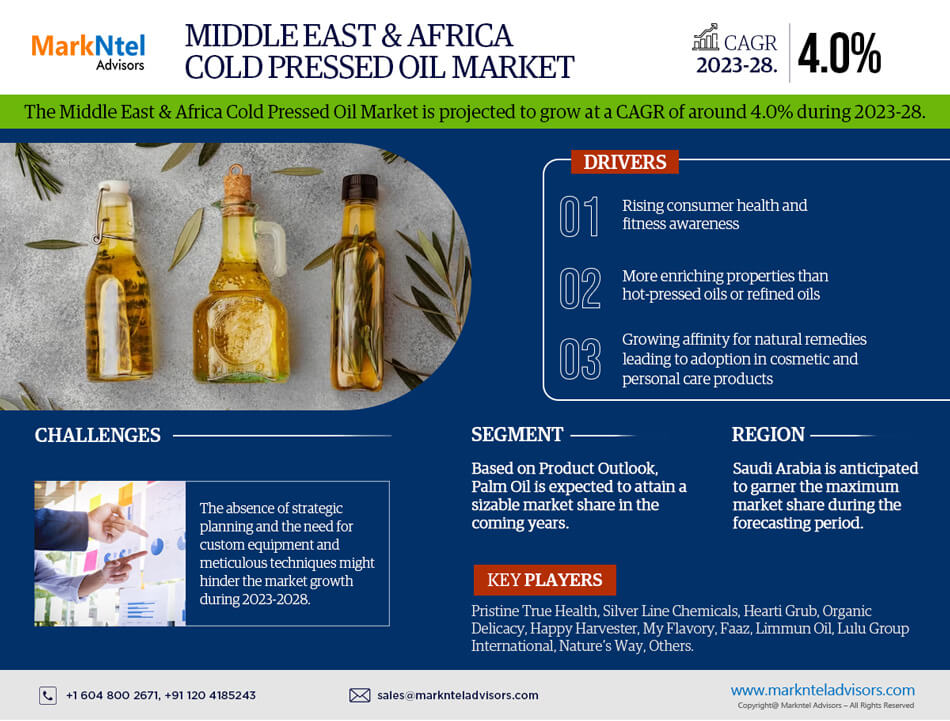What is PHP and used for?

What is PHP and used for?
PHP, which stands for Hypertext Preprocessor, is a server-side scripting language primarily designed for web development. It is a versatile and widely-used scripting language that can ebbed directly into HTML, allowing developers to create dynamic web pages. PHP code is execute on the server, and the result is then sent to the client’s web browser, where it is rendered as a web page.
Here are some key aspects of PHP and its common uses:
Dynamic Web Page Generation
PHP is most commonly use for creating dynamic web pages. It allows developers to embed PHP code within HTML, enabling the creation of pages that can interact with databases, handle forms, and respond to user actions.
Server-Side Scripting
PHP is a server-side scripting language, meaning that the code is executed on the server before the resulting HTML is sent to the client’s browser. This allows for the generation of dynamic content based on various conditions and data.
Database Connectivity
PHP provides extensive support for interacting with databases, making it easy to connect to MySQL, PostgreSQL, SQLite, and other databases. Developers can perform tasks such as querying databases, inserting or updating records, and retrieving data for display on web pages.
Form Handling
PHP is often use to process form data submitted by users on web pages. It can validate user input, sanitize data, and interact with databases to store or retrieve information.
Session Management
PHP facilitates the management of user sessions, allowing developers to create more interactive and personalized web applications. Sessions are commonly use for tracking user authentication, shopping cart contents, and other user-specific data.
File Handling
PHP provides functions for working with files on the server. This includes tasks such as reading and writing files, uploading and downloading files, and creating directories.
Content Management Systems (CMS)
Many popular content management systems, such as WordPress, Joomla, and Drupal, are built using PHP. PHP’s ability to interact with databases, handle templates, and create dynamic content makes it well-suited for building CMS platforms.
Server-Side Scripting
PHP is often use for server-side scripting beyond web development. It can use for tasks such as automating system administration tasks, processing data on the server, and building command-line applications.
API Development
PHP can use to create APIs (Application Programming Interfaces) that allow different software applications to communicate with each other. APIs are crucial for building modern web services and integrating different systems.
Frameworks
PHP has numerous frameworks, such as Laravel, Symfony, and CodeIgniter, that simplify and accelerate the web development process. These frameworks provide pre-built modules, libraries, and tools for building robust and scalable web applications.
PHP course in Chandigarh It is an open-source language with a large and active community, which contributes to its continuous improvement and widespread usage. It remains a popular choice for web development due to its simplicity, flexibility, and extensive ecosystem of tools and libraries.
What are the basic rules of PHP?
PHP, like any programming language, has a set of basic rules and syntax that developers need to follow to create valid and functional code. Here are some fundamental rules of PHP:
Script Tags
PHP code is enclosed within <?php and ?> The opening tag signifies the beginning of PHP code, and the closing tag marks the end. For short tags, <? and ?> can also be used, but the use of the full tags is recommended for better compatibility.
<?php // PHP code goes here ?>
Comments
Single-line comments start with //, and multi-line comments are enclose between /* and */. Comments are ignore during script execution and are used to add explanatory notes to the code
// This is a single-line comment /* This is a multi-line comment */
Variables
Variables in PHP start with a dollar sign ($) followed by the variable name. Variable names are case-sensitive. Variable assignment is do using the =
$name = “John”; $age = 25;
Data Types
PHP supports various data types, including strings, integers, floats, booleans, arrays, and objects. The data type of a variable is dynamically determined based on its value.
$stringVar = “Hello”; $intVar = 42; $floatVar = 3.14; $boolVar = true;
Concatenation
Concatenation is use to combine strings. In PHP, the . (dot) operator is used for concatenation.
$greeting = “Hello”; $name = “John”; $message = $greeting . ” ” . $name;
Arithmetic Operators
PHP supports standard arithmetic operators, including +, –, *, /, and % (modulo).
phpCopy code
$sum = 5 + 3; $difference = 10 – 4; $product = 6 * 2; $quotient = 8 / 4; $remainder = 10 % 3;
Control Structures
PHP includes common control structures such as if, else, elseif, while, for, foreach, and switch. These structures are use to control the flow of code execution.
$number = 10; if ($number > 0) { echo “Positive”; } elseif ($number < 0) { echo “Negative”; } else { echo “Zero”; }
Functions
Functions in PHP are define using the function Functions can have parameters and may return values. They are call using the function name followed by parentheses.function greet($name) { return “Hello, ” . $name; } $message = greet(“John”);
Arrays
PHP arrays can indexe or associative. They are create using the array()
$indexedArray = array(“apple”, “banana”, “orange”); $assocArray = array(“name” => “John”, “age” => 25);
Superglobals
PHP includes several predefined variables called superglobals, such as $_GET, $_POST, $_SESSION, and $_SERVER. These variables provide information about the server, user input, and more.
$userInput = $_POST[‘username’];
These are some of the basic rules and concepts in PHP. As you delve deeper into PHP training in Chandigarh development, you’ll encounter more advanced features and techniques that build upon these fundamentals.
Read more article:- Hituponiviews









